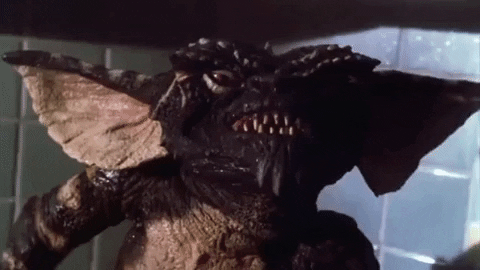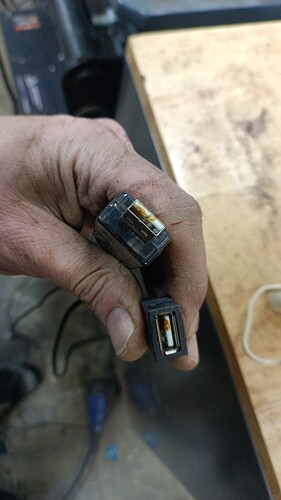To be fair, you should have given a description of your problem, stating that you found it and fixed it, then asked how the membership would go about troubleshooting to find the problem to see if yours was faster or lucky.
Could have been a fun interactive thread over a week to see what kind of Q&A you get – I.E. “Does the torch raise up and down manually without fail?” “If I do xxxx, did the problem move or go away?”
In this case we know that the problem rested in the bad USB cable connections, so it’s hard to go through the troubleshooting process in more detail knowing the destination.
Troubleshooting
-
What happened?
-
Can I duplicate the problem?
-
Is there more than one component failure? Is the problem moving around?
-
Have I replaced a component, maintained, or modified the unit very recently?
-
Is it mechanical or electrical?
-
Was this an electrical signal or power failure
-
Was this a mechanical failure (motion item break or bad spot, structure failure)
- Is the problem located in a series of components that I can swap out with known good spares or identical components from the unit.
1 – Equipment operated in a manner that was not planned or intended.
2 – Can I repeat the problem by duplicating the task that was just done Y/N
Will the problem present if I run the unit in a different manner – in this case a different program Y/N
If I run the feature manually will it operate as normal presuming the error was during an automatic or programmed cycle Y/N
3 – Is the problem moving around as I try to duplicate? Are multiple items failing?
4 – Go back to what ever was done and very carefully examine all items that were done.
Correct cable connections and they are fully plugged in.
The correct cables to the correct items.
All fasteners are installed in the correct locations and are torqued correctly.
Was anything else damaged during the process?
Return to step 1
5 – Analyze the malfunction to determine the problem.
6 – If electrical, how many components are between the error and the source. I.E. The computer, to the cable, to the controller, to the cable, to the distribution hub, to the cable, to the extension, to the component.
-
I.E. starting at the problem – motor – Do a very careful inspection of the electrical connections and repair if needed and retest. Swap the cable for another compatible cable (Axis for Axis).
-
If the problem disappeared entirely after a cable switch, perform wiggle test of the original cable with the problem during operation to see if it comes back. Perform a very detailed inspection of the cable looking for damage in the form of cuts, abrasion, stress, pinched (zip ties) and at the connection ends for stress.
-
If the problem moved to the host control destination (X is controlling Z and Z is controlling X – X is now malfunctioning), the problem is upstream of Z (Z control system) Swap next upstream component if possible and re-test (move connections at the host, not at the destination motor and repeat testing).
-
If the problem stayed, the problem is with the motor. Do deeper inspection of the motor, bench test and resistance values, detailed scrutiny of any mechanical items past the motor – couplers, rollers…
I think this covers a general approach to a problem. When I am working on equipment, I will skip a step, or improvise If I suspect something.

